Cherry Audio GX-80 Synthesizer
Cherry Audio GX-80 Synthesizer: GX-80 Synthesizer. The Flagship.
Electronic Delivery
PLEASE NOTE: This product is delivered via secure, electronic delivery. You will receive the full product license (with instructions) direct to your email. Enjoy a safe and fast way to get the latest version and full support direct from the manufacturer.
Description
GX-80 is a transformative virtual synthesizer that combines the unparalleled sound and features of the fabled GX-1 “Dream Machine” and its renowned descendant, the CS-80, creating a powerhouse hybrid. Featuring the carefully crafted and intensely circuit-modeled DSP designs of award-winning developer Mark Barton, Cherry Audio has replicated every subtlety of the classics to create the most authentic emulation of its kind.
More than a Replicant
GX-80 is not just another CS-80 emulation. GX-80 adeptly integrates the GX-1’s distinctive feature set into the CS-80 architecture; most significantly, the massive dual-layer architecture that effectively made the GX-1 the equivalent of two CS-80s and then some. The GX-1’s unique highpassed resonant pulse and bandpassed sawtooth waves, octave-up triangle wave, and filter envelope inversion are incorporated, opening up a new universe of sonic experimentation. Most notably, GX-80 includes an expert reproduction of the legendary GX-1 filter, delivering exquisite timbres that even the mighty CS-80 cannot produce.
GX-80 boasts an impressive, dual-layer voicing architecture outfitted with 16 polyphonic voices per layer. The instrument is capable of sounding two different patches simultaneously, while panning each rank independently, to produce exquisitely rich stereo timbres and complex, layered sounds. For ultimate flexibility and expressive performance, GX-80 provides a split keyboard mode and a brilliant option to simulate polyphonic aftertouch with a monophonic aftertouch controller. What’s more, the GX-80 comes pre-loaded with over 1,000 expertly designed presets and equipped with studio-grade effects, meaning jaw-dropping sounds are no more than a few clicks away. GX-80 is more than a best-of-both-worlds interpretation of the past, and far more than a replicant. Cherry Audio’s GX-80 is an unprecedented gateway to the sounds and music of an unrealized future.
The Inspirations
In 1973, the most technologically advanced polyphonic synthesizer ever came out. Featuring groundbreaking advances in polyphony, velocity and aftertouch sensitivity, along with four ranks of incredible sound quality, the GX-1 was a quantum leap forward from its contemporaries. It was produced in extremely limited numbers (estimated at around 20) and cost $50,000. As a result of its immense size, weight, and price tag, The Dream Machine, as it was known, was available only to the most well-heeled professional musicians. Only a handful of these instruments survive today.
Notable users of the GX-1 and tracks featuring it included Keith Emerson (“Fanfare for the Common Man”), Stevie Wonder (“Village Ghetto Land”), ABBA (“Lay All Your Love on Me”), and John Paul Jones of Led Zeppelin (“All My Love”). Four years later, in 1977, the more programmable CS-80 synthesizer came out. More compact and affordable, owing to a single keyboard and two ranks, the CS-80 retained the same basic voicing architecture and innovative real-time performance control capabilities as the GX-1. The CS-80 was embraced by music professionals, including Paul McCartney, Eddie Jobson, Michael Jackson, Peter Gabriel, Hans Zimmer, and Vangelis, who famously made use of its highly expressive real-time performance capabilities in Ridley Scott’s 1982 sci-fi classic, “Blade Runner.” Though their outward appearances were radically different, the GX-1 and the CS-80 instruments were very similar under the hood.
Overview
Both featured a voicing architecture based on “ranks,” wherein each rank was a complete synthesizer voice consisting of an oscillator, highpass and lowpass filters, a noise generator, a sine wave oscillator, envelope generators for the filter and VCA, respectively, and a VCA. The CS-80 included two of these voice ranks, each capable of playing up to eight independent polyphonic notes — a total of 16 synth voices under the hood. The GX-1 featured four of these eight-note poly voice ranks, assignable across two keyboards, plus a single solo synth voice rank for its three-octave mini keyboard and another synth voice rank for the pedalboard.
Unlike the CS-80, the GX-1 was strictly a preset instrument. Though it had no onboard synthesizer parameter controls, its analog synthesizer voicing could only be programmed using an external hardware programmer box through a very elaborate procedure. On the other hand, the GX-1 had several tricks up its sleeve that were not passed on to the CS-80. The GX-1 oscillator section featured a pulse wave with an adjustable highpass resonator and a sawtooth wave with a dedicated bandpass resonator, in addition to and in parallel with the standard pulse and sawtooth wave outputs. Additionally, it had an adjustable octave-up triangle wave, a filter envelope inversion option, and a VCF comprised of highpass and lowpass filters with such immense range that they are still considered legendary to this day.
More than the Sum of its Parts
A virtual reproduction of the CS-80 has long been the most popular request from Cherry Audio users. The company began work in 2021 to make the dream a reality. DSP designer and developer Mark Barton’s extensive research of the original CS-80 and its schematics led him back to the CS-80’s predecessor, the indomitable GX-1. “The CS-80 was loathe to give up all its secrets,” says Mark Barton, whose work on deciphering its audio path was exemplary. “As soon as we found something we thought strange, we immediately verified the behavior on both CS-80s we used for modeling. We then did a deep dive into the schematics to verify why we were hearing what we were hearing.” As a result, GX-80 combines all of the sonic characteristics of the originals with exceptional accuracy.
When enhanced with GX-80’s discrete layer volume and panning controls, the result is a colossal dual-layer voicing architecture, 16 polyphonic voices per layer, with two different patches simultaneously playable in a split or stacked layer mode. But Cherry Audio didn’t stop with the extraordinary sound, as the originals were also revered for their magnificent, expressive performance features. To provide an experience as close as possible to the original hardware, GX-80 adds a split keyboard mode and support for both polyphonic and monophonic aftertouch controllers. Further, Cherry Audio has added an innovative “last-note priority” mode for simulated poly aftertouch response with a monophonic channel aftertouch controller. With its dual-layer interface, over 1,000 stunning presets, and integrated studio-quality effects, GX-80 is a singular effort worthy of the “flagship” label.
Unobtainium, Until Now
The rarity and exorbitant cost of both instruments has made it impossible for musicians to experience these legendary instruments. That’s why Cherry Audio is making its flagship GX-80 synthesizer available at an astoundingly low price that anyone can afford: only $59! GX-80 is also available as part of Cherry Audio’s new and comprehensive Synth Stack 3 collection, which features all of its virtual instruments to date at an even more astonishingly affordable price.
Cherry Audio GX-80 Synthesizer Features
- A best-in-class virtual instrument based on two monumental analog classics: the GX-1 and CS-80
- Integrates the extended features of the GX-1 with all of the functionality of its descendant, the CS-80, for an absolutely immense sound experience; essentially, two CS-80s and more!
- Massive dual-layer voicing architecture with 16 polyphonic voices per layer: two different patches simultaneously playable, in either a keyboard split or stacked layer mode, with discrete controls for layer volume and panning
- All GX-1 and CS-80 voicing parameters reproduced, including the GX-1’s unique oscillator-level filtered waveforms, octave-up triangle wave, and invert filter envelope control
- Precision recreation of both the legendary CS-80 and unmatched GX-1 filters
- Four polyphonic voice ranks, each with a voltage-controller oscillator, resonant highpass and lowpass filters, noise generator, sine wave, dual envelope generators, and a velocity-sensitive VCA
- Sub oscillator LFO for each layer with sine, sawtooth, ramp, square, sample and hold, and noise intended for modulation, with tempo sync
- Recreation of the memorable CS ring modulator that modulates the summed output of each pair of ranks with its own independent oscillator
- Coarse pitch range setting for each oscillator in traditional organ footage of 16′, 8′, 5 1/3′, 4′, 2 2/3′ and 2′, as well as the 3 1/5′ and 2 2/7′ footages exclusive to the GX-1
- Virtual pitch ribbon controller precisely modeled on the actual behavior of the original
Key Features
- GX-1 specific controls clearly distinguished from standard CS-80 control parameters
- Independent rank panning and independent layer stereo effects chain for expansive and breathtaking stereo tones
- Tone Selector includes each of the original CS-80 factory presets plus user sound storage
- Panel Control for selecting layers, with a utility function for exchanging settings between ranks in a layer, the Lower and Upper sound layers, or even between presets
- Over 1,000 essential presets that make the most of every unique aspect of the GX-80, crafted by a talented and diverse group of sound design veterans
- Expressive touch response worthy of the originals: velocity sensitive with support for both polyphonic and monophonic aftertouch, plus a unique “last-note priority” mode for simulated polyphonic aftertouch response
- Complete MIDI control and DAW automation for all controls, with easy-to-use MIDI learn and mapping (Preset and Global)
- Cherry Audio’s popular Focus zoom-in feature, as well as standard UI zoom and resize with drag
- Highly optimized coding for optimal performance with ultra-low CPU load
- User-adjustable oversampling control
- Available in AU, VST, VST3, AAX, and standalone formats
Tech Specs
MAC
OS X 1.0(macOS 10.13 or above. macOS 13 Ventura supported. Native Apple M1 processor support, including Apple M1 Ultra.)
Memory: 8 GB
CPU: 3.4 GHz Quad-Core or M1 CPU
Plugins: VST-2, VST-3, AU, AAX, STAND-ALONE
WINDOWS
Windows 1.0(Windows 7 or above (including Windows 11))
Memory: 8 GB
CPU: 3.4 GHz Quad-Core computer
Plugins: VST-2, VST-3, AAX, STAND-ALONE
* Any references to any brands on this site/page including reference to brands and instruments, are provided for description purposes only. For example references to instrument brands are provided to describe the sound of the instrument and/or the instrument used in the sample. Plugin Max do not have (nor do they claim) any association with or endorsement by these brands. Any goodwill attached to those brands rest with the brand owner. Plugin Max or its suppliers do not accept any liability in relation to the content of the product or the accuracy of the description.

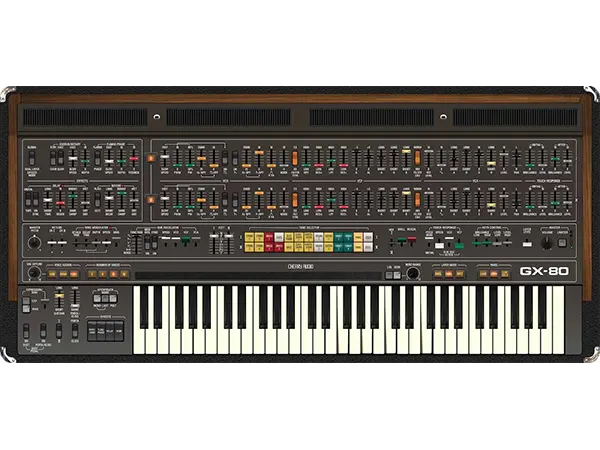
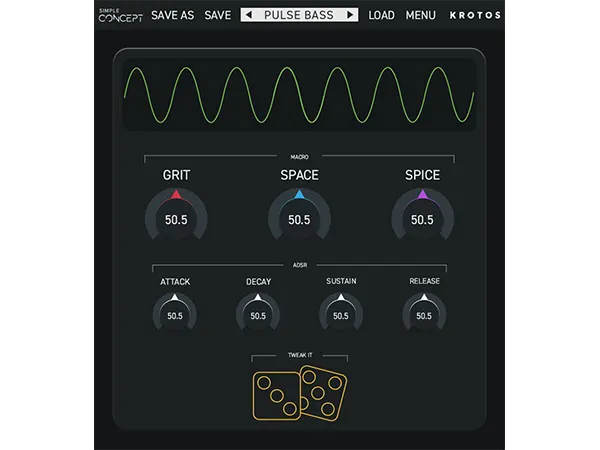
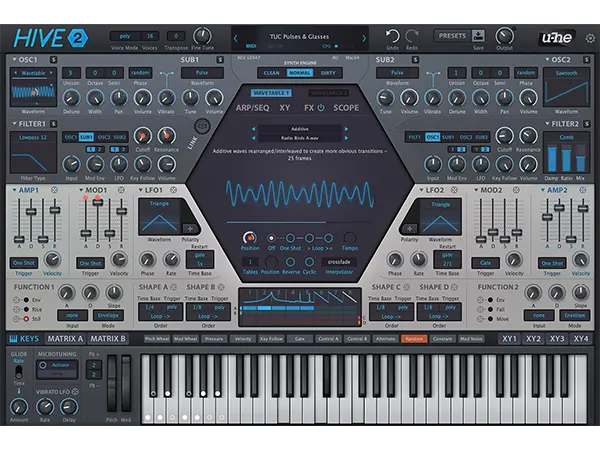
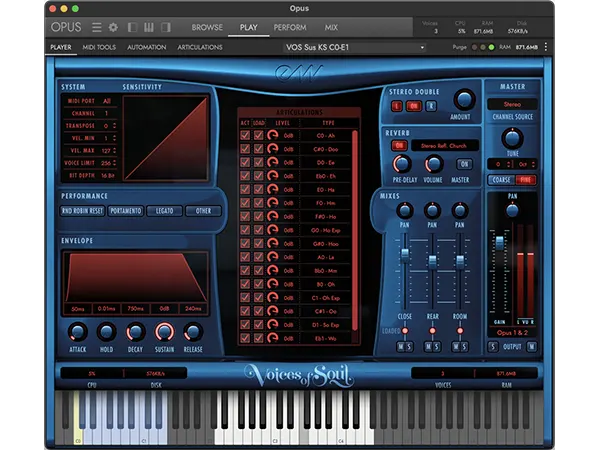
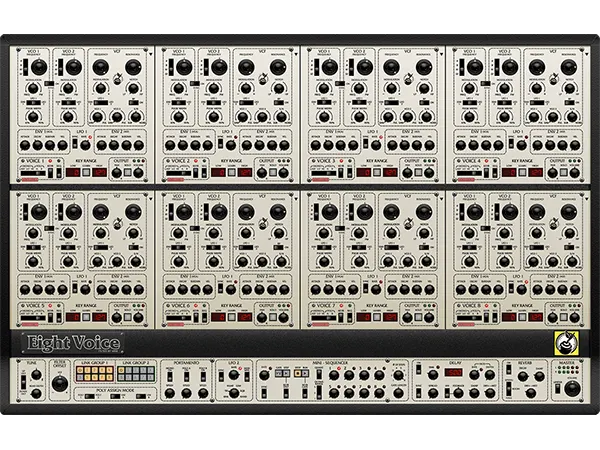
Reviews
There are no reviews yet.